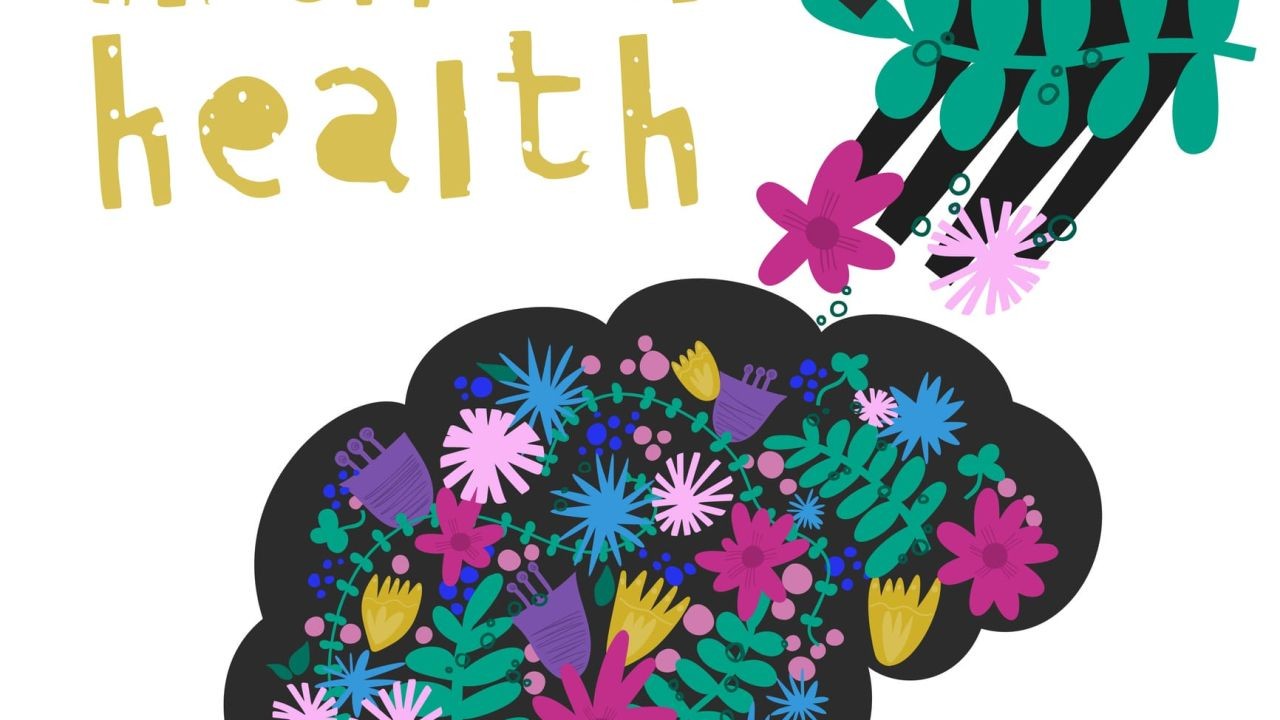Imagine sitting at an Australian vineyard, the sun setting over lush grapevines, a glass of sparkling wine in hand. As you take a sip, you might wonder why this bubbly drink seems to affect you more quickly than its still counterpart. The answer lies in a fascinating blend of science, cultural habits, and economic trends that highlight Australia's unique position in the global wine industry.
The Science Behind the Buzz
At the heart of sparkling wine’s rapid effect is carbonation. The carbon dioxide (CO2) in sparkling wine accelerates the absorption of alcohol into your bloodstream. This process begins in your stomach, where CO2 increases the permeability of the stomach lining, allowing alcohol to enter the bloodstream faster. Researchers from the University of Melbourne have found that this leads to a quicker onset of intoxication compared to still wines.
Carbonation and Alcohol Absorption
Carbonation enhances the dispersion of alcohol within the stomach, facilitating quicker absorption. A study published in the International Journal of Wine Research indicates that the presence of bubbles can increase alcohol uptake efficiency by 20% compared to non-carbonated beverages. This is particularly relevant for Australian sparkling wine producers, who are increasingly focusing on quality over quantity, aligning with global trends towards premiumization in the wine sector.
Australia’s Wine Industry: A Global Leader
Australia is not just a consumer of sparkling wine but a significant player in its production. The country’s wine industry contributes over AUD 45 billion to the national economy annually, according to the Australian Bureau of Statistics (ABS). Sparkling wine, especially from regions like Tasmania, is gaining international acclaim for its quality, which is comparable to that of French champagne.
Local Trends and Global Influence
The preference for sparkling wine is rising in Australia, with the Australian Grape and Wine Authority reporting a 15% increase in domestic sparkling wine consumption in 2023. This trend mirrors a global shift towards more festive and celebratory drinking occasions, where sparkling wines are often favored.
Economic and Cultural Implications
Australia’s sparkling wine industry is not just about economic gain; it’s a cultural phenomenon. As more Australians embrace wine tourism, regions like the Yarra Valley and Barossa Valley are experiencing a boom in visitors eager to sample local sparkling wines. This uptick in tourism has positive ripple effects on local economies, boosting hospitality and related services.
Regulatory Frameworks and Industry Support
The success of the Australian wine industry is also supported by favorable government policies. The Australian Competition & Consumer Commission (ACCC) ensures fair trading practices, protecting both consumers and producers from unfair market dynamics. Additionally, initiatives from the Australian Grape and Wine Authority aim to enhance research and development in viticulture, fostering innovation and sustainability in wine production.
Case Study: Tasmania’s Sparkling Wine Success
Case Study: Tasmania's Sparkling Wine Industry – Overcoming Challenges and Achieving Excellence
Problem:
Tasmania, known for its cool climate, faced challenges in establishing itself as a premier region for sparkling wine production, competing against established areas like Champagne, France.
Action:
To tackle this, Tasmanian producers invested in advanced viticultural techniques and collaborated with international wine experts to refine their production processes. They focused on sustainable practices and leveraged Tasmania's unique climate to enhance grape quality.
Result:
Over five years, Tasmania saw a 30% increase in sparkling wine exports, with several brands receiving international awards for quality. The region's reputation as a top sparkling wine producer bolstered local tourism, contributing AUD 500 million annually to the economy.
Takeaway:
This case study underscores the importance of innovation and quality focus in achieving global recognition. Australian regions can draw lessons from Tasmania's approach to elevate their wine offerings and capitalize on growing global demand.
Common Myths and Misconceptions
- Myth: "Sparkling wine is just for celebrations." Reality: Sparkling wine is versatile and pairs well with various foods, making it suitable for any occasion.
- Myth: "All sparkling wines are sweet." Reality: Many Australian sparkling wines are dry and complex, offering a range of flavors.
- Myth: "Sparkling wine is unhealthy due to carbonation." Reality: Moderate consumption of sparkling wine can be part of a healthy lifestyle, with some studies suggesting cardiovascular benefits.
Future Trends and Predictions
Looking ahead, the future of Australia’s sparkling wine industry is promising. According to a report by Deloitte, the global sparkling wine market is projected to grow by 5% annually over the next decade. Australia, with its focus on premium quality and sustainable practices, is well-positioned to capture a significant share of this growth. Innovations in production and an increasing focus on organic and biodynamic wines will likely shape the industry’s trajectory.
Conclusion
Sparkling wine’s rapid buzz is more than a mere party trick; it’s a testament to the complex interplay of science, culture, and economics. As Australia continues to refine its sparkling wine craft, the industry stands to benefit from both local and global trends. Whether you’re a casual consumer or a connoisseur, understanding these dynamics enhances appreciation for the bubbly in your glass.
What's your take on Australia's sparkling wine scene? Share your thoughts and experiences below!
Related Search Queries
- Why does champagne get you drunk faster?
- Australian sparkling wine trends
- Health benefits of sparkling wine
- How carbonation affects alcohol absorption
- Tasmania wine industry growth

































Cozy Hut
4 months ago